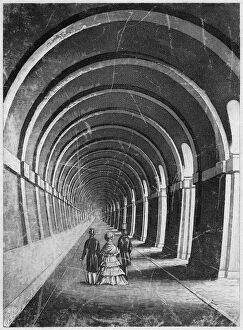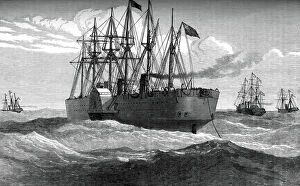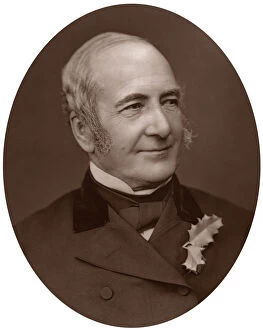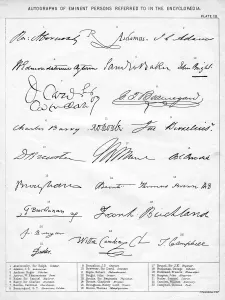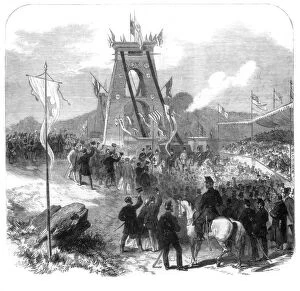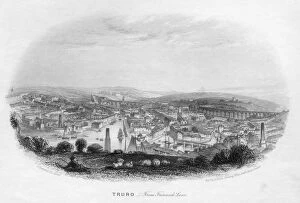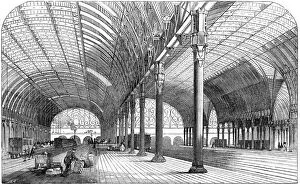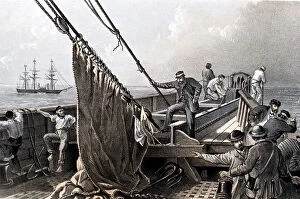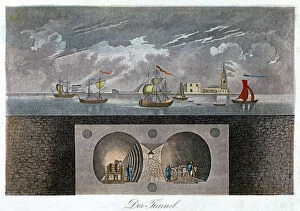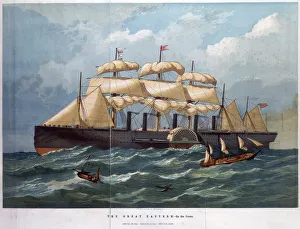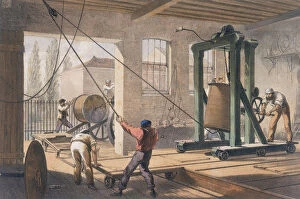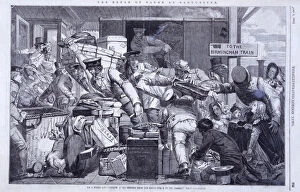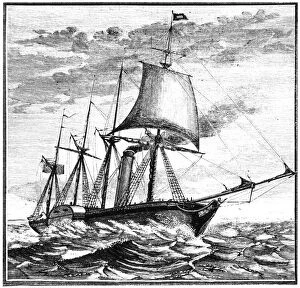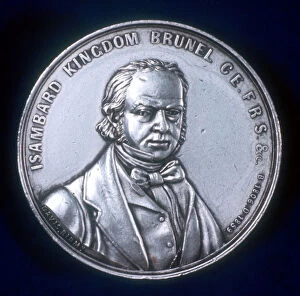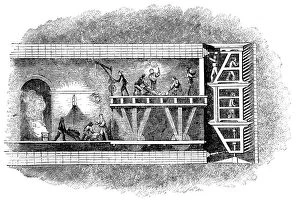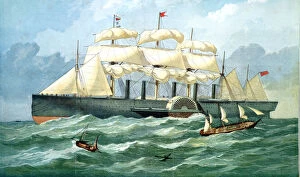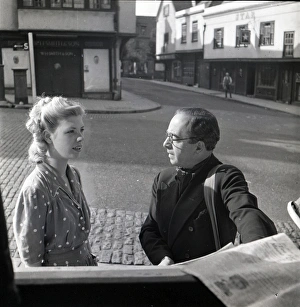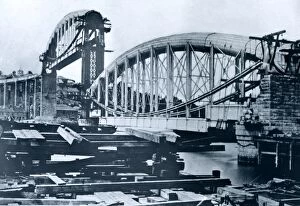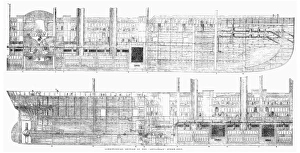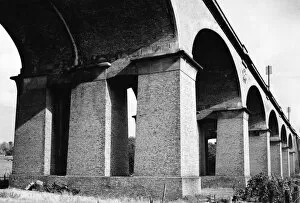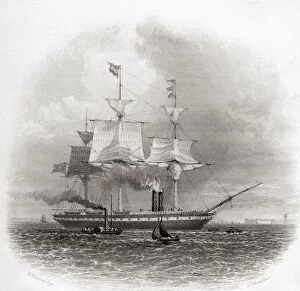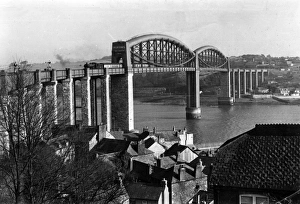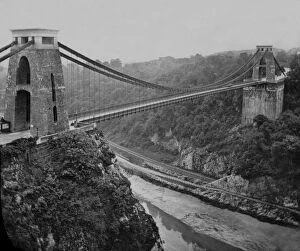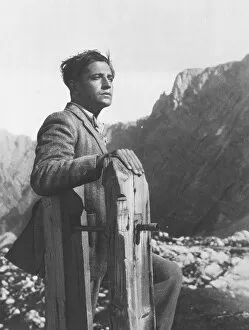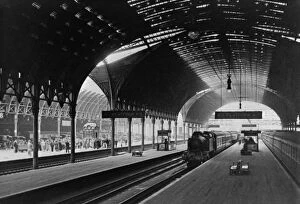Brunel Collection (page 5)
Isambard Kingdom Brunel, the visionary English engineer, was a true pioneer of his time
All Professionally Made to Order for Quick Shipping
Isambard Kingdom Brunel, the visionary English engineer, was a true pioneer of his time. With chains in hand, he fearlessly led the way towards groundbreaking achievements that shaped our world. Standing before the hauling chains of the Great Eastern, I K Brunel showcased his unwavering determination and unmatched expertise. His brilliance knew no bounds as he oversaw the construction of monumental structures like the Royal Albert Bridge in Saltash. The 1958 BR (WR) poster proudly displayed this engineering marvel, a testament to Brunel's ingenuity. The bridge stood tall and majestic, connecting Cornwall to England with grace and elegance. Brunel's legacy extended beyond bridges; he revolutionized shipbuilding with his masterpiece SS Great Britain. A meticulously crafted vessel that sailed across oceans effortlessly, thanks to his meticulous planning captured in its detailed plan. His tunnelling shield became synonymous with innovation as it paved the way for extraordinary feats such as the Thames Tunnel between Wapping and Rotherhithe. This underground wonder opened new possibilities for transportation beneath bustling cities. In 1857, amidst great anticipation and excitement, Brunel unveiled yet another triumph - the mighty Great Eastern. This colossal ship defied all expectations and set new standards for maritime engineering. Just like Joseph Turner's iconic painting "Rain Steam and Speed, " which depicted Brunel's revolutionary Great Western Railway in 1844, these creations were testaments to human progress fueled by steam power. Even far from home in Swansea, South Wales, where Landore Viaduct took shape under Brunel's watchful eye; his influence stretched far beyond borders as he left an indelible mark on global infrastructure development. Isambard Kingdom Brunel will forever be remembered as a trailblazer who pushed boundaries relentlessly. His vision transformed landscapes both above ground and below it – shaping our world into what we know today.

